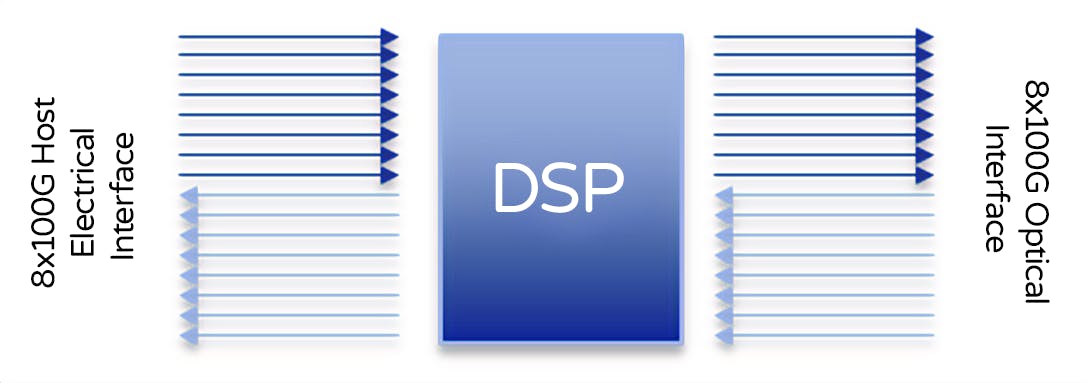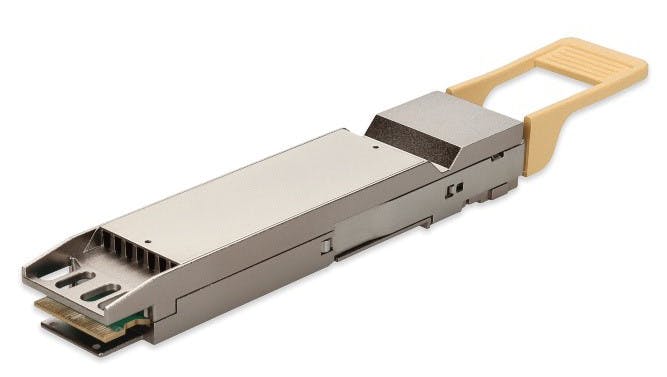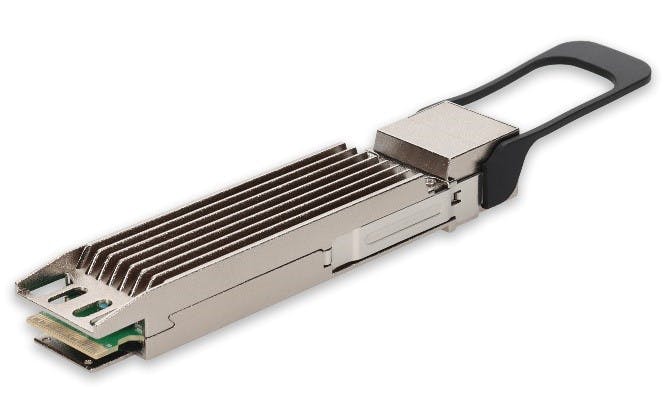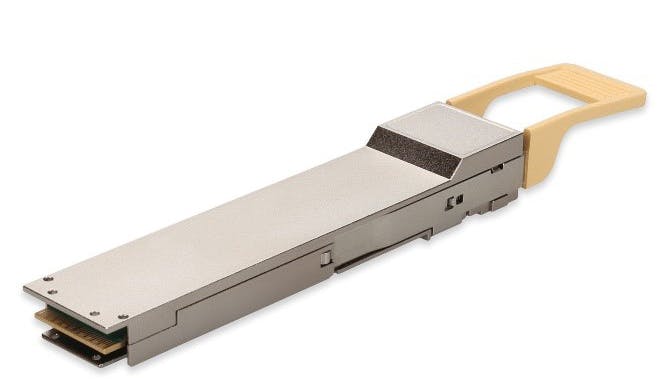OSFP transceiver technology has been at the forefront of transformational networking and data transmission developments.
The OSFP transceiver form factor entered the scene as an initial shift to PAM-4 from NRZ. Offering robust power handling capabilities, the OSFP easily integrated first-generation DSPs and gearboxes to support the required eight lanes of 56G at the host interface and four optical lanes. The 'original' OSFP is not retroactively referenced as OSFP56. In the end, reduced power DSPs and higher port density powered the QSFP-DD form factor as the overwhelming "winner" at 400G.

Fast forward to the present, where the industry marches towards embracing 800G networking standards which entails the adoption of eight 112G lanes both at the host and optical levels, a significant leap from its predecessors. Early implementations of 112G SerDes may also only use 50% of the lanes for 400G communication, coining the need to specify the use of OSFP112 to avoid confusion with the legacy 400G 56G per lane OSFP transceivers.

The transceiver body elements of the OSFP Multi-Source Agreement (MSA) are conducive to the high-power dissipation required by 800G modules. These transceivers may harness multiple 400G DSPs, driving power consumption up to 17W. The integrated heat sink can be configured in two distinct styles: "Finned," featuring exposed fins, and an enclosed heat sink with a flat top. This customization allows for Network Equipment Manufacturers (NEMs) to optimize thermal management while maintaining compatibility across a common cage and backplane connector, ensuring seamless interchangeability within OSFP hosts.


The Riding Heat Sink (RHS) variant caters to low-profile environments, such as network adapter cards by removing the heat sink from the transceiver. The heat sink is integrated into the network adapter, "riding" on top of the inserted transceiver. As a standard feature, the connector stops of the RHS box differ from standard OSFP transceivers to prevent mismatches during installation. Leading NEMs may refer to the RHS form factor as “Flat Top.” OSFP-RHS form factor transceivers are applicable for both 400G and 800G applications.

Looking ahead, the march towards 800G and beyond will introduce next-generation DSPs, poised to reduce power consumption and enable higher port density using QSFP-type transceivers. As a result, QSFP-DD transceivers will find prominent use in switch applications, while the prevalence of QSFP112 is expected to increase in network adapter applications.
In contrast to the fate of Betamax, the OSFP's technological journey will pave the way for the early adoption of new technologies. With a keen eye on the future of optical networking, adherence to the OSFP MSA promises insights into forthcoming advancements, propelling the industry beyond 800G towards the realm of 1.6T networking technologies.
